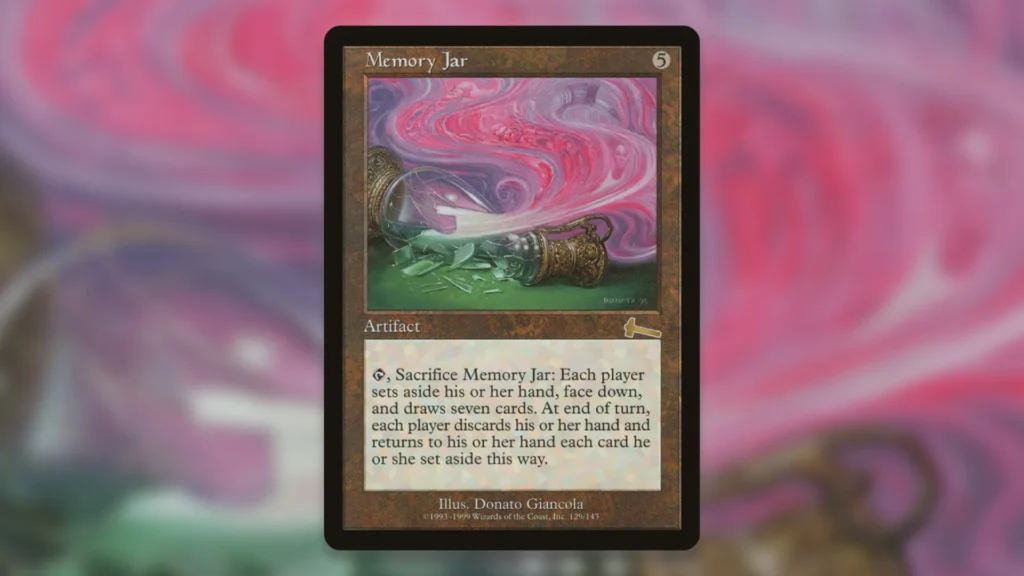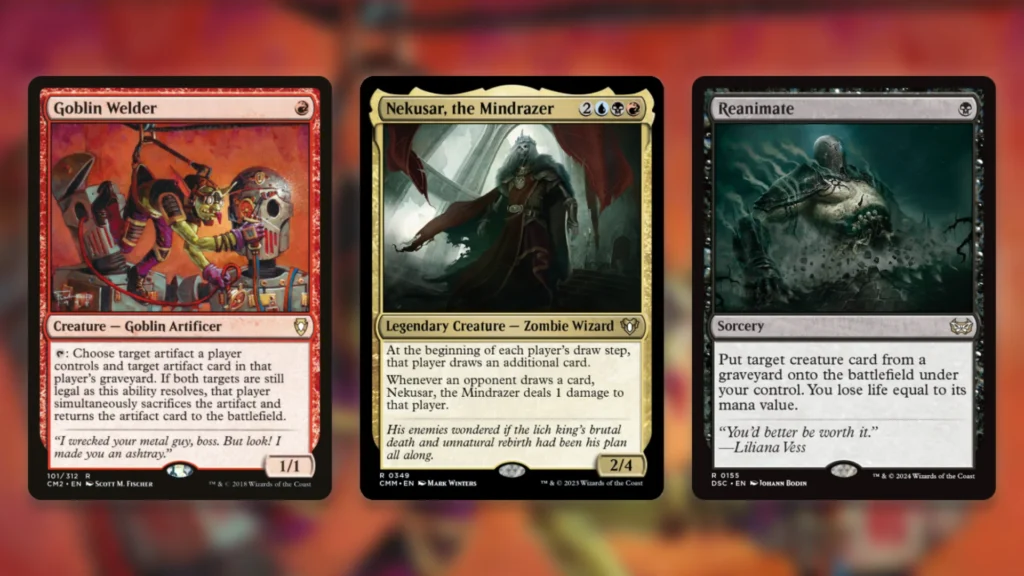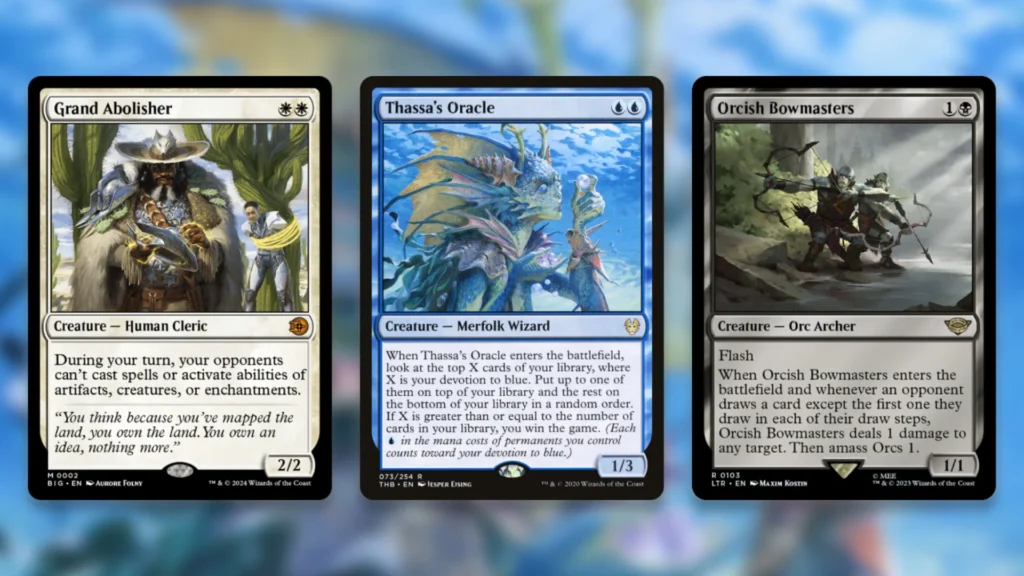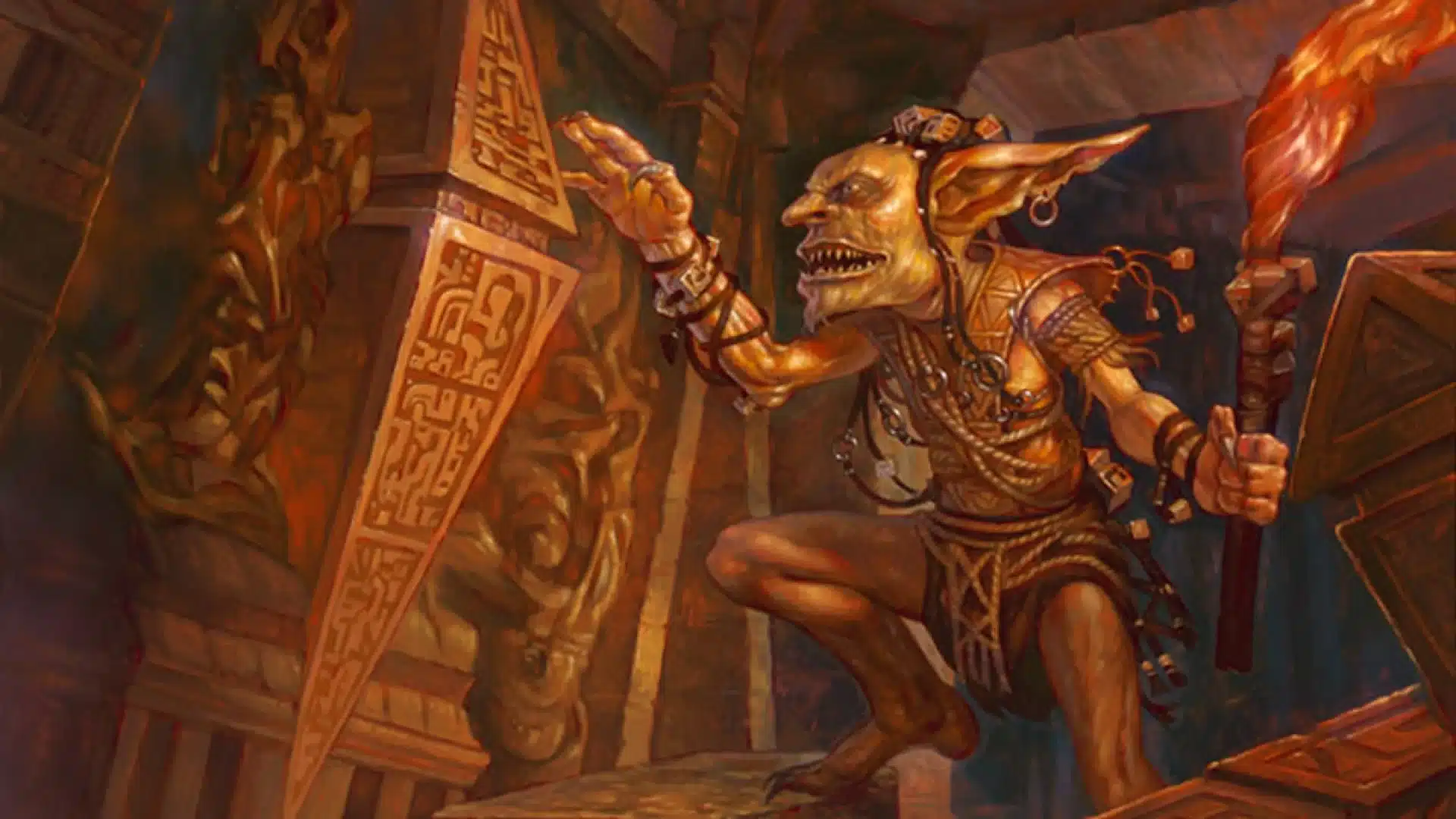26 years ago, in February 1999, Urza’s Legacy hit store shelves. While not quite as broken as its predecessor, Urza’s Saga, overall, this was still an immensely powerful set. Many of the cards printed here remain unmatched Magic: The Gathering power spikes. This set also included Memory Jar, a powerful artifact which, ironically enough, many MTG players seem to have totally forgotten about.
This week, it’s been experiencing a bit of a renaissance. While the card’s age and Reserved List status may make it difficult for it to find a broad audience, the power level here is undeniable. The card unlocks a ton of synergies in modern Commander, while also being a generically good draw engine that most decks can appreciate.
MTG Players Remember Memory Jar

- Mana Value: 5
- Type: Artifact
- Rarity: Rare
- Card Text: Tap, Sacrifice this artifact: Each player exiles all cards from their hand face down and draws seven cards. At the beginning of the next end step, each player discards their hand and returns to their hand each card they exiled this way.
It’s a wonder that Memory Jar ever fell out of favor in MTG Commander. Looking at the card afresh, with 2025 eyes, it’s clearly an immensely powerful card. Five generic mana to draw seven cards, even just for the turn, is insane.
The obvious downside here is that Memory Jar is a symmetrical effect. You get a fresh hand of seven cards, but so do all of your opponents. If you’re playing in a highly interactive pod, this can be a major liability. If your opponents mostly play at sorcery speed, however, then it’s almost irrelevant.
Everyone discards their new hand at the end of your turn, which means you get to make much better use of your cards than your opponents do. In many cases, this essentially draws you seven cards while milling your opponents for seven each.
While it’s obscure now, Memory Jar was actually a fairly infamous card in its day. It was banned in Standard, Extended, and Block Constructed in March 1999, a mere month after it was released. Artifact shenanigans were rife at the time, so this move made sense. It was also banned in Legacy and restricted in Vintage at the same time, and remains so to this day.
A Synergistic Powerhouse

It’s a real shame that Memory Jar has lapsed into MTG obscurity. This is a card with a huge range of powerful use cases, many of which simply can’t be replicated with other pieces.
For starters, the card is incredible in the ‘forced draw’ deck style. Commanders like Nekusar thrive on letting your opponents draw extra cards, and this dishes up seven of them at once. With pieces like Underworld Dreams and Razorkin Needlehead out, it’s very possible to finish a player off with this.
The same is true of other, cheaper wheel effects, of course, but Memory Jar has the upside of not giving your opponents permanent advantage. At the end of the turn, they’re right back where they started: card-wise, but not damage-wise.
The fact that Memory Jar is an artifact is also a major upside over other wheels. Artifacts are relatively easy to recur, whether it’s through Goblin Welder, Trash for Treasure, or Emry. Using Memory Jar once is likely enough to put you ahead in a game, but multiple activations will really help you turn the corner. This is especially true given how much lower mana curves are in Commander these days. The cheaper your cards, the more you can get out of each new temporary hand.
Another notable aspect of Memory Jar is how well it slots into graveyard-focused decks. The fact that you discard the cards you don’t play means such decks effectively always ‘draw’ seven, whether they play them or not. It’s not the most efficient self-mill out there by any means, but it comes attached to a very efficient draw spell, which makes it well worth considering. Whether you’re trying to reanimate big creatures or enable Delirium, Memory Jar is a tool worth considering.
Friends In High Places

Interestingly enough, Memory Jar also has a ton of applications in the cutthroat world of cEDH. At a base level, cEDH is a format wherein drawing seven new cards is very likely to win you the game on the spot. Every deck plays a ton of fast mana and cheap spells, so you’ll usually be able to play everything you draw with Jar on your turn. Additionally, cEDH is all about combos, and drawing seven cards is, between combo pieces and tutors, very likely to get you a win.
The fact that you can use Jar at instant speed to attempt to interrupt another player who’s currently popping off is huge too. If they can’t cast their other pieces at instant speed, this will pull them from their hand for the turn, and give you ammunition to respond to them.
Many cEDH decks run Grand Abolisher-type creatures, too. Whether it’s the OG itself, Kutzil, or the new Voice of Victory, this is a staple effect in the format for protecting your combo lines. With Memory Jar, these effects essentially break the symmetry. If your opponents can’t cast the cards they draw on your turn, they won’t get to cast them at all.
Factor in meta staple Orcish Bowmasters, which becomes a lethal threat with Memory Jar, and you have a card with a ton of potential. Five mana is a lot, sure, but Commanders like Magda can make that cost irrelevant. With so many Commander applications, on the casual and competitive level, perhaps this new discourse will finally propel Memory Jar to format staple status.
Stick with us here at mtgrocks.com: the best site for Magic: The Gathering coverage!
